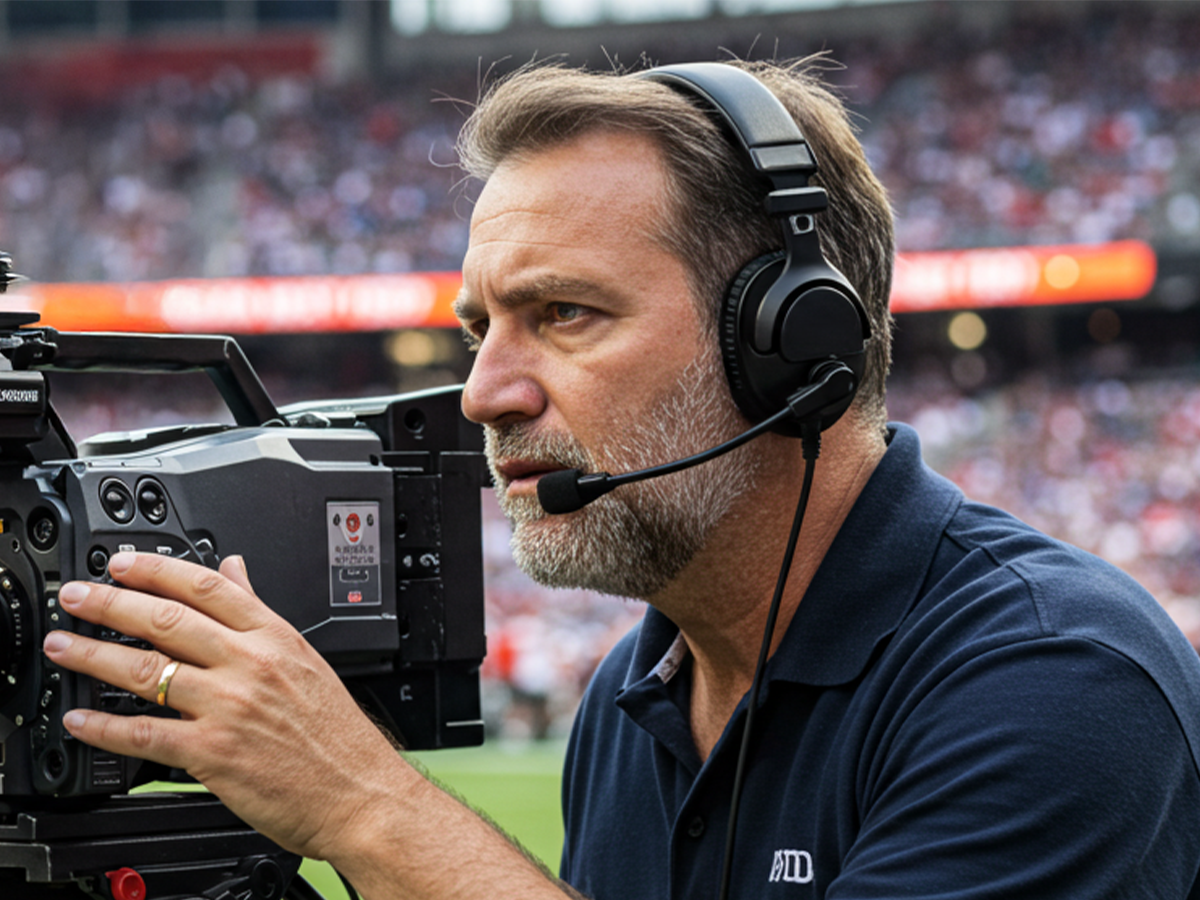How to Increase Your Office's Productivity With Simple Sound.
Today's office designs are going more "open" these days - and with good reason. Lower costs, increased collaboration opportunity, and similar factors are coming into play for architects and office designers, especially in areas meant for hosting startup companies. However, with these designs comes a common issue - the emergence of lots of speech amongst the workers.
 This isn't a bad thing, right? You want a bustling workplace - it means business is good, right? Wrong.
This isn't a bad thing, right? You want a bustling workplace - it means business is good, right? Wrong.
Did you know that according to a 2014 Steelcase/Ipsos study, employees can lose up to 86 minutes a day in lost productivity due to distractions? Did you know that the same surveys show that over 60% or workers cite lack of speech privacy as their main distraction? It's simple - people won't be productive workers if they get distracted, companies run the risk of unsecured info reaching the wrong ears, and so on.
Enter sound masking - an ambient background pink noise introduced into an office space. It's specifically tuned to match frequencies of human speech, generated at a level intended to make speech levels less intelligible. When sound masking is present, other workers' conversations are notably less invasive to an employee's work, providing better efficiency and comfort in the office, increasing overall productivity. Whether the office's ambient levels are pin-drop quiet, or full of loud sounds, properly installed sound masking can make nearly any workplace a comfortable environment for all.
Who can benefit from sound masking?
- Open Offices and Startup Company Spaces - this design is the new norm, and with it comes less sonic separation due to construction and/or furniture. Sound masking keeps levels of speech from your neighbors less intrusive to your workflow and helps keep you focused on the job.
- Medical Facilities - Overheard conversations can be a liability nightmare. Don't risk HIPAA violations in your exam rooms by thinking a closed door is good enough - it's likely not. Sound masking technology in these spaces keeps you in compliance and keeps your conversation secure.
- Private Conference and Meeting Rooms - Your meetings need to be confidential, be it a parent-teacher conference, a manager meeting with an employee, a private meeting between lawyers, and so forth. Spare yourself an HR dilemma by preventing the conversation reaching the wrong ears.
 How does sound masking work?
How does sound masking work?
Sound masking systems generally work by emitting pink noise into a particular space, either from the ceiling or (in special cases) the floor. The sound's frequencies are then specifically tuned (based on a number of various factors) to match specific patterns of sound travel and speech levels in the space. Depending on the system this can either be done on the front panel of a control unit or via a software application. The signal is then distributed through a series of emitters, which are in most cases a type of loudspeaker that mounts in a drop ceiling. The system is then volume-adjusted to match the measured projected ambient sound levels in the room.
What does it do?
It reduces the distance between talkers and listeners in which conversations between talkers and listeners are intelligible and easily overheard. If someone standing a distance away from you is talking, the masking signal "blurs" the consonants of the speech, making your ears less likely to "latch on" to the conversation (distracting you from your work).
What does sound masking NOT do?
- Sound masking is not soundproofing. It will not create a "cone of silence" around any particular area or person. It will not completely block out any sounds around you, nor will it eliminate any talking overall. It will only make talking less intelligible.
- Sound masking is not traditional acoustic room treatment. It isn't absorption nor diffusion, in an attempt to reduce the overall levels of sound that's high in volume. For example, this technology won't lower the overall volume levels of a crowded restaurant or bar area. Many solutions for these needs exist elsewhere (which Dale can also provide).
- Sound masking will not ruin normal conversations. A properly tuned system operates at its best at the location of an unintentional listener, not an intentional listener. Systems are generally professionally designed and tuned to account for variables such as ambient sound (air conditioning, etc), room design such as glass and hardwood floors, and overall room size in that it cannot interfere with common human voice levels. There's no need for the average worker to talk louder or shout, and workers typically don't even know the system is engaged.
 What do I need to do then?
What do I need to do then?
Contact Dale Pro Audio and our friends at Cambridge Sound Management. Our team of Contractor Sales Professionals and technical specialists are here to help you with this and several other audio needs you may face in your office's audio design.
We can help with site surveys, planning, and tuning - just reach out to us and see what over 60 years of sales and support of professional audio can do for you.
For additional information on sound masking technology's science and application, Cambridge Sound Management has an incredibly informative PDF for download.
One final note - if you happen to be based in the New York area, Dale's Queens headquarters has a Cambridge QtPro system installed, so you can check out sound masking in a "real world" application.
Many thanks to our friends at Cambridge Sound Management and Cardone Solomon & Associates for their assistance in compiling this article!
 Eric Eldredge is Dale Pro Audio's Director of Marketing and Brand Development. He is also a studio engineer and music producer based in NYC. He can be reached at eric@daleproaudio.com.
Eric Eldredge is Dale Pro Audio's Director of Marketing and Brand Development. He is also a studio engineer and music producer based in NYC. He can be reached at eric@daleproaudio.com.




